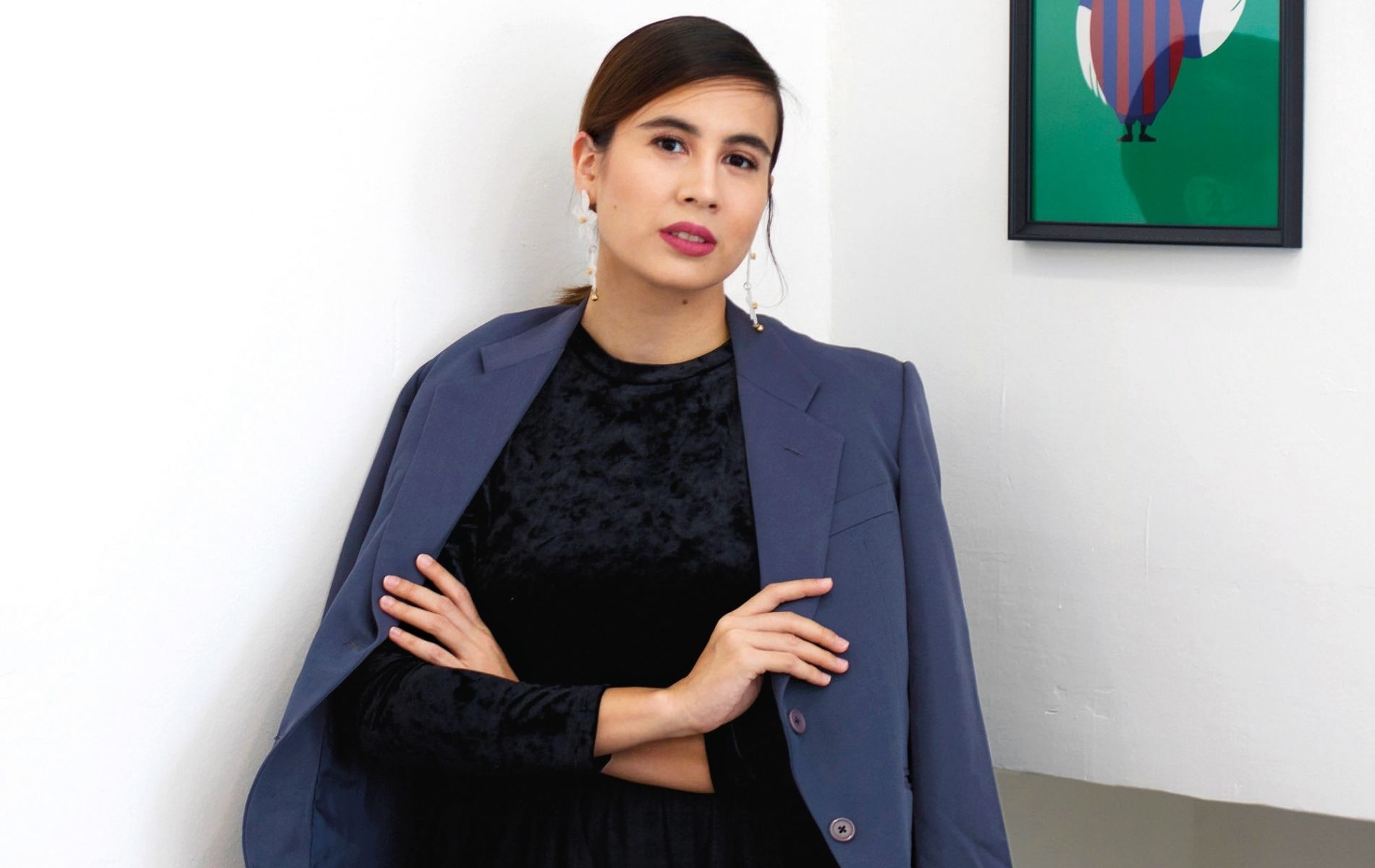How three veterans in the creative industry came up with this novel idea of connecting creatives with potential employers via Cult Creative
On June 14, a particularly polarising article in The Sunday Times made headlines in Singapore over the internet, as the results of a commissioned survey revealed that within the context of a pandemic, the number one non-essential profession perceived by the people was ‘artist’, followed closely by telemarketers, social media managers, PR specialists, businesses consultants as well as human resource managers.
While the creative industry were none too happy (nor surprised) about the results that stem from an age-old notion, herein lies the conundrum in an era where we’ve never been more dependent on advanced technology, that regardless of its function, medium or form, the content we consume online is ultimately a concept marketed to us by design—which begs the question of why the creative industry is considered secondary to the conventionally lucrative ones when creativity, often synonymous to innovation, clearly sells.

It was this question, coupled alongside a need to address the lack of a sustainable, ergonomic solution when it came to being able to source as well as utilise the diverse talent in the region, that led to the inception of Cult Creative, an online platform and soon-to-be launched mobile application in September that was “designed for creatives, by creatives”. Shermaine Wong, the company’s first founding member and its chief executive officer, was also the founder of Tish Events, who pivoted towards the virtual space as soon as the lockdown ensued in March 2020, the very month
she delivered her second child (and prior to this issue’s release, was just about to deliver her third).
“After having worked in the creative industry for a decade, my one struggle was that despite the abundance of local talent, there was no convenient way to actually find them as we didn’t have a networking platform that was specifically designed for creatives—it was always word of mouth, especially for freelancers,” Wong explains. “And while there’s LinkedIn, there wasn’t a space to showcase creative portfolios, consequently convoluting the whole job application process where employers as well as applicants alike have to deal with multiple links that may not be geared towards the job’s specific needs in the first place.”
See also: Datuk Ramli Ibrahim: How Malaysian Artists Are Weathering Pandemic Challenges


